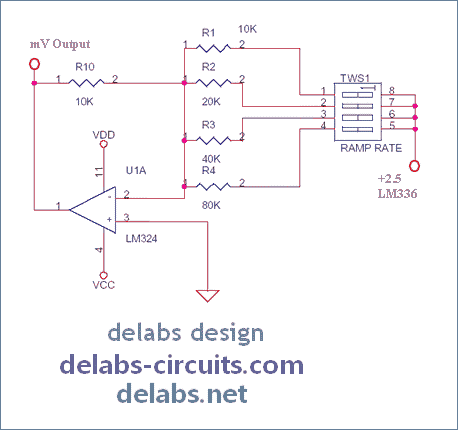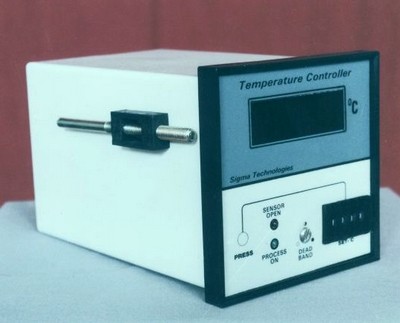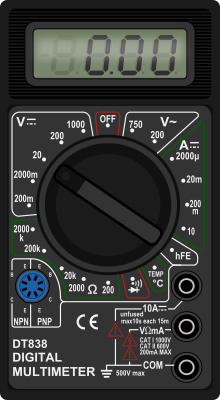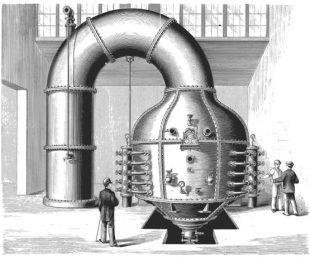BCD Thumbwheel to Voltage Interface

This is a Proportional Controller where the setpoint is derived from a Thumbwheel switch. The conversion of Thumb-wheel Digital Data to Analog mV is similar to R-2R Weighted Resistor Network. In this case it is a 1-2-4-8 Binary Weighted Resistor Network. It has no Digital Components.
Industrial Process Control Circuits
You can see an example circuit below for digit weights you just use like 10K-100K-1M etc. There is a problem of procuring 8M Resistors, so use series parallel combinations, avoid open presets. Trimpots can be used but then it raises the BOM cost.

1-2-4-8 Kilo Ohms may load opamp for high output levels. 1-2-4-8 Mega Ohms may be ok in the lowest digit. Greater than 10M designs are possible only in lab, not in commercial or industrial domains.
Make such R networks, solder array on thumbwheel, in some thumbwheels remove diodes or other connections. Club all of them, thumbwheels. One opamp will do. Use -2.5 V for positive mV output. The resistors should be close to 0.3% at least.
This Binary Resistor Network can also work with Digital CMOS Chips like CD4029. Use these chips on a separate supply, which is just a LM336 – 5V device. A digital thumb-wheel also can be used.

In this controller you can see a sensor open indication. When the sensor breaks, the temperature controller may continue to turn on the actuators or heaters, It may even Oscillate. So when a high impedance is detected in the sensor input terminals, the output relay is shut off and a LED is turned on to simplify operator’s diagnosis.
Mount the controller a distance away from heaters, ac-drives and vibrating parts. Avoid direct sunlight on controller, fix controller in a sealed control panel. Earth the point where the thermocouple senses heat. Some heaters leak. The machine has to be earthed.













